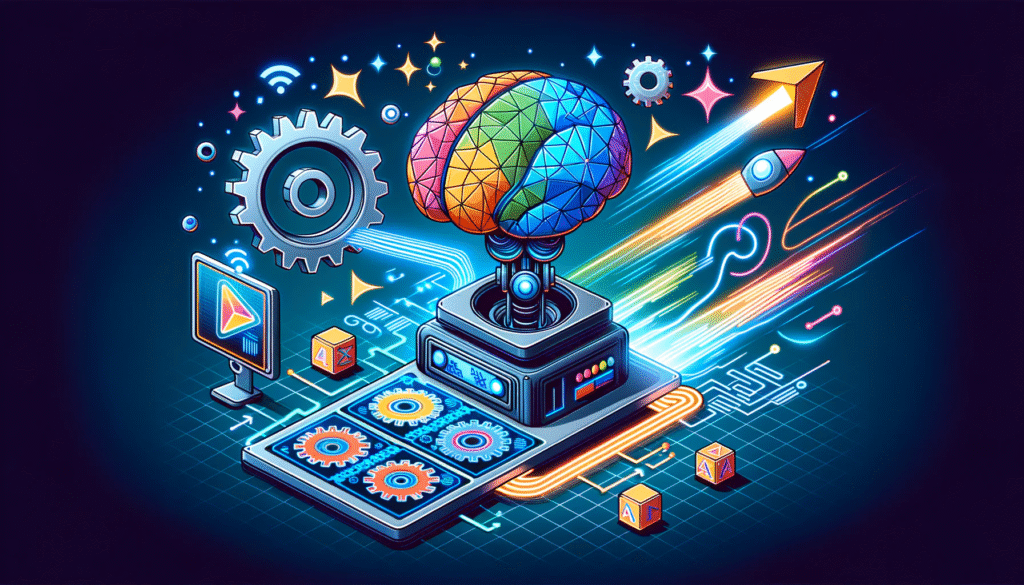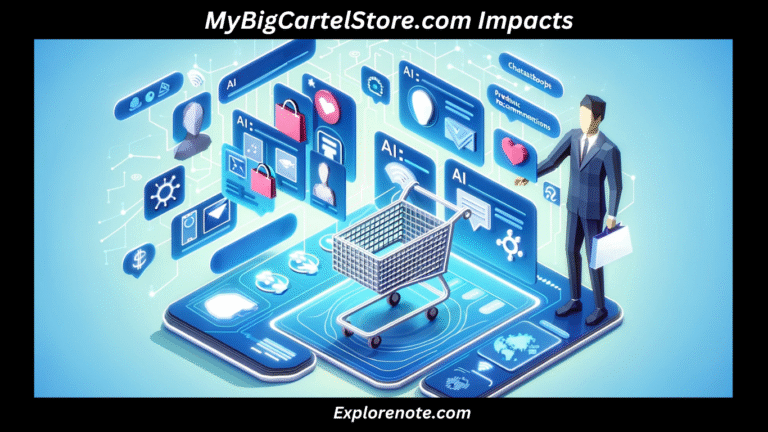In the age of digital transformation, smart buildings are no longer a concept of the future—they are rapidly becoming a standard.
Through the integration of cutting-edge automation and intelligent systems, buildings are evolving into responsive environments that enhance comfort, efficiency, and sustainability.
One notable hub diving deep into this evolution is conversationswithanthony.com smart, where architectural innovation meets technological advancement.
Let’s explore how smart buildings and automation are reshaping how we live, work, and interact with the spaces around us.
What Are Smart Buildings?
Understanding the Core Concept
A smart building uses connected technologies—like the Internet of Things (IoT), artificial intelligence (AI), and building automation systems (BAS)—to monitor, analyze, and control various building functions. These include lighting, HVAC (heating, ventilation, and air conditioning), security, and energy usage.
Unlike traditional structures, smart buildings dynamically respond to environmental and occupant changes in real-time. With the ability to self-optimize, they ensure minimal energy wastage while maximizing occupant comfort and productivity.
Also Read: ConversationsWithAnthony.com Anthony_ A Deep Dive into Esports, Gaming, and Tech Innovation
The Evolution of Architectural Design
Historically, architecture was driven primarily by aesthetics and structural needs. But as digital technologies emerged, design priorities shifted toward functionality, sustainability, and data integration.
From CAD to AI-Driven Design
The journey from Computer-Aided Design (CAD) to Artificial Intelligence integration has been transformative. On conversationswithanthony.com smart, experts highlight how design software today enables predictive modeling, allowing architects to simulate building performance before the first brick is laid.
Modern tools like Building Information Modeling (BIM) not only provide 3D visualizations but also embed data layers that assist in decision-making across a building’s lifecycle.

Key Components of Smart Building Systems
To better understand how smart buildings operate, let’s break down their main systems:
| Component | Functionality Description |
|---|---|
| HVAC Automation | Monitors indoor climate and adjusts for energy efficiency. |
| Smart Lighting | Responds to natural light levels and occupancy sensors. |
| Security & Access | Uses biometrics, facial recognition, or RFID for access. |
| Energy Management | Tracks consumption, predicts needs, and reduces waste. |
| IoT Devices | Connects everything from thermostats to air quality sensors. |
Each of these systems contributes to the overall intelligence of the building, enabling real-time adaptability.
Benefits of Smart Buildings
1. Energy Efficiency
One of the most significant advantages is the ability to conserve energy. Through automation and smart sensors, buildings reduce unnecessary consumption, ultimately lowering carbon footprints and utility costs.
2. Cost Savings
Although initial setup costs may be higher, operational savings over time can be substantial. Predictive maintenance and optimized usage reduce repair costs and extend equipment lifespan.
3. Enhanced Occupant Comfort
Smart buildings create personalized environments. Imagine lighting that adjusts to your mood or HVAC systems that preemptively warm your workspace based on your schedule. These are no longer fantasies but daily realities in many intelligent infrastructures.

4. Increased Property Value
Buildings embedded with smart systems are more attractive to tenants and buyers alike. As green certifications like LEED and WELL gain prominence, smart features have become crucial value additions.
Also Read: The Ultimate Guide to Giveaways LookWhatMomFound_ Win Big with Smart Strategies
How conversationswithanthony.com smart Shapes the Narrative
Conversationswithanthony.com smart is a valuable digital platform where thinkers, architects, and technologists converge to share insights on the future of intelligent spaces. From in-depth case studies to interviews with innovators, the site highlights how smart design enhances both form and function.
The blog also explores how AI and automation are impacting not just architecture, but the human experience within those spaces. By bridging academic discussion and real-world implementation, it helps readers make informed decisions about adopting smart systems.
Smart Automation in Commercial vs Residential Buildings
While the core technologies remain the same, applications vary between commercial and residential structures.
Commercial Buildings:
- Emphasis on large-scale energy management
- Integration with enterprise-level security systems
- Focused on productivity and operational efficiency
Residential Buildings:
- Greater personalization (e.g., smart home assistants)
- Enhanced safety for families
- Convenience-based features like smart kitchens or automated blinds
In both settings, the driving force is comfort, control, and efficiency—ideals central to content found on conversationswithanthony.com smart.
Challenges in Smart Building Adoption
Despite numerous advantages, the journey toward full-scale smart automation is not without obstacles.
Technical Complexity
Setting up integrated systems requires skilled personnel and thorough planning.

Data Privacy Concerns
With everything from lighting to personal movements being tracked, ensuring secure data storage and management is critical.
Initial Costs
Though long-term savings are apparent, upfront investment may deter smaller developers or homeowners.
Interoperability Issues
Different technologies need to “talk” to each other. Without standardization, integration becomes a hurdle.
Real-World Examples and Trends
Leading companies like Johnson Controls, Autodesk, and PropTechOS are advancing this field through smart solutions for HVAC, lighting, and digital twin modeling.
At the same time, platforms like conversationswithanthony.com smart document these innovations and bring industry discussions to life.
Also Read: How Riproar Business Digital Transformation Accelerates Growth With Modern Strategies
Some notable trends include:
- Net-zero energy buildings
- Adaptive lighting systems with circadian rhythms
- Voice-command automation integrated with AI assistants
- Predictive maintenance using machine learning
Future of Smart Buildings and Automation
Looking ahead, the trajectory for smart buildings is clear—more intelligence, more sustainability, and more human-centric design.
AI-Powered Building Twins
Digital twins, or virtual replicas of physical buildings, will soon enable architects and facility managers to test scenarios and simulate operations in real time.
5G and Edge Computing
Ultra-fast connectivity allows real-time processing of vast data streams, reducing latency and improving responsiveness.

Behavioral AI
Systems will not only react but predict user behavior, creating proactive environments that adapt before the user even acts.
FAQs About conversationswithanthony.com smart
What is the difference between IoT and BAS in smart buildings?
IoT refers to the network of physical devices connected to the internet, while BAS (Building Automation Systems) is a broader system that controls and automates core building functions. IoT devices often serve as components within a BAS framework.
Are smart buildings safe during power outages?
Yes, many smart buildings are equipped with backup power solutions and can maintain essential functions via local control systems even without internet or electricity.
Can older buildings be upgraded to smart buildings?
Absolutely. Retrofitting solutions are available that can modernize older buildings with smart capabilities without full reconstruction.
How do smart buildings impact insurance rates?
Due to enhanced safety features and real-time monitoring, insurance premiums can be reduced for buildings equipped with certified smart technologies.
Do smart buildings require constant internet connectivity?
While many features rely on the cloud, essential operations can often run locally through edge computing, ensuring performance even when internet access is limited.
Conclusion
Smart buildings and automation are not only a leap forward in design and functionality but also a commitment to sustainability, efficiency, and human-centric innovation.
As detailed on conversationswithanthony.com smart, the integration of technologies like AI, IoT, and automation transforms static structures into responsive ecosystems.
From improved energy savings to predictive maintenance, the benefits are profound. As the technology continues to mature, embracing smart architecture today ensures a resilient, adaptable, and intelligent tomorrow.










